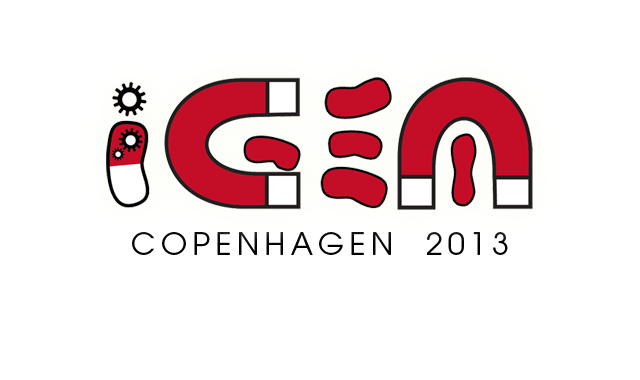Team:UNIK Copenhagen
From 2013.igem.org
(Difference between revisions)
| Line 2: | Line 2: | ||
<html> | <html> | ||
| - | <div id="box" style="width: 700px; margin-left: 137px; padding: 5px; border: 3px solid #000; background-color: # | + | <div id="box" style="width: 700px; margin-left: 137px; padding: 5px; border: 3px solid #000; background-color: #003333;"> |
<div id="template" style="text-align: center; font-weight: bold; font-size: large; color: #f6f6f6; padding: 5px;"> | <div id="template" style="text-align: center; font-weight: bold; font-size: large; color: #f6f6f6; padding: 5px;"> | ||
| - | + | Project description: | |
</div> | </div> | ||
<div id="instructions" style="text-align: center; font-weight: normal; font-size: small; color: #f6f6f6; padding: 5px;"> | <div id="instructions" style="text-align: center; font-weight: normal; font-size: small; color: #f6f6f6; padding: 5px;"> | ||
| - | + | Magnetotaxic bacteria is the core of the 2013 iGEM team representing the University of Copenhagen. In nature, these bacteria exert an extraordinary ability to coordinate themselves in relation to the earth’s magnetic field. This ability is mediated by organelle-like structures (magnetosomes) lining the inner surface of the cytoplasmic membrane. Significant amounts of Magnetite (Fe3O4) also accumulate here, thus making enrichment of these bacteria possible by using a simple magnet. | |
| - | + | ||
| - | + | Clearly, such magnificent abilities raise ideas and opportunities for developing novel and progressive bacterial applications. Choosing from a range of somewhat diverse projects, we have decided to study the formation of the magnetosomes. Hereby, we hope to be able to suggest a strategy for new types of selections markers based on magnetism. This will hopefully stand as a convenient alternative to the general standard of working with antibiotic resistance for selections markers. | |
| - | + | ||
| + | During the project we hope to succeed in performing a series of proof-of-concept experiments, whilst also attaching the importance of public outreach. In this way, we hope to be able to display the fascinating world of applied bioscience to the general public. | ||
</div> | </div> | ||
</div> | </div> | ||
Revision as of 09:22, 7 August 2013
Project description:
Magnetotaxic bacteria is the core of the 2013 iGEM team representing the University of Copenhagen. In nature, these bacteria exert an extraordinary ability to coordinate themselves in relation to the earth’s magnetic field. This ability is mediated by organelle-like structures (magnetosomes) lining the inner surface of the cytoplasmic membrane. Significant amounts of Magnetite (Fe3O4) also accumulate here, thus making enrichment of these bacteria possible by using a simple magnet.
Clearly, such magnificent abilities raise ideas and opportunities for developing novel and progressive bacterial applications. Choosing from a range of somewhat diverse projects, we have decided to study the formation of the magnetosomes. Hereby, we hope to be able to suggest a strategy for new types of selections markers based on magnetism. This will hopefully stand as a convenient alternative to the general standard of working with antibiotic resistance for selections markers.
During the project we hope to succeed in performing a series of proof-of-concept experiments, whilst also attaching the importance of public outreach. In this way, we hope to be able to display the fascinating world of applied bioscience to the general public.
| You can write a background of your team here. Give us a background of your team, the members, etc. Or tell us more about something of your choosing. | |
|
Tell us more about your project. Give us background. Use this as the abstract of your project. Be descriptive but concise (1-2 paragraphs) | File:UNIK Copenhagen team.png Your team picture |
| Team UNIK_Copenhagen |
| Home | Team | Official Team Profile | Project | Parts Submitted to the Registry | Modeling | Notebook | Safety | Attributions |
|---|
 "
"
